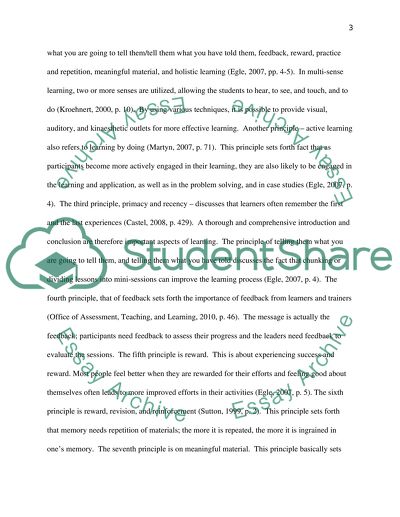Cite this document
(“Education in the patient care setting Essay Example | Topics and Well Written Essays - 3750 words”, n.d.)
Retrieved de https://studentshare.org/nursing/1390452-education-in-the-patient-care-setting
Retrieved de https://studentshare.org/nursing/1390452-education-in-the-patient-care-setting
(Education in the Patient Care Setting Essay Example | Topics and Well Written Essays - 3750 Words)
https://studentshare.org/nursing/1390452-education-in-the-patient-care-setting.
https://studentshare.org/nursing/1390452-education-in-the-patient-care-setting.
“Education in the Patient Care Setting Essay Example | Topics and Well Written Essays - 3750 Words”, n.d. https://studentshare.org/nursing/1390452-education-in-the-patient-care-setting.


